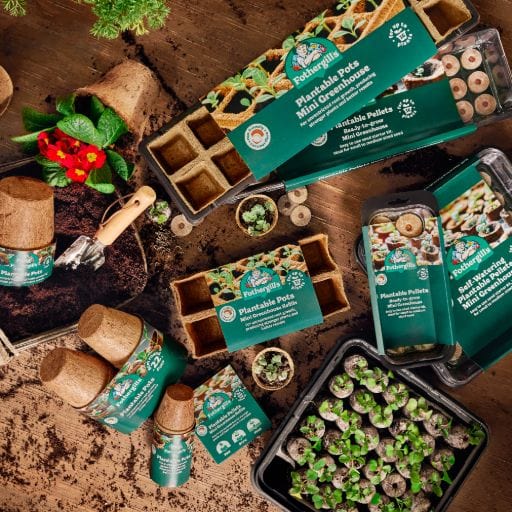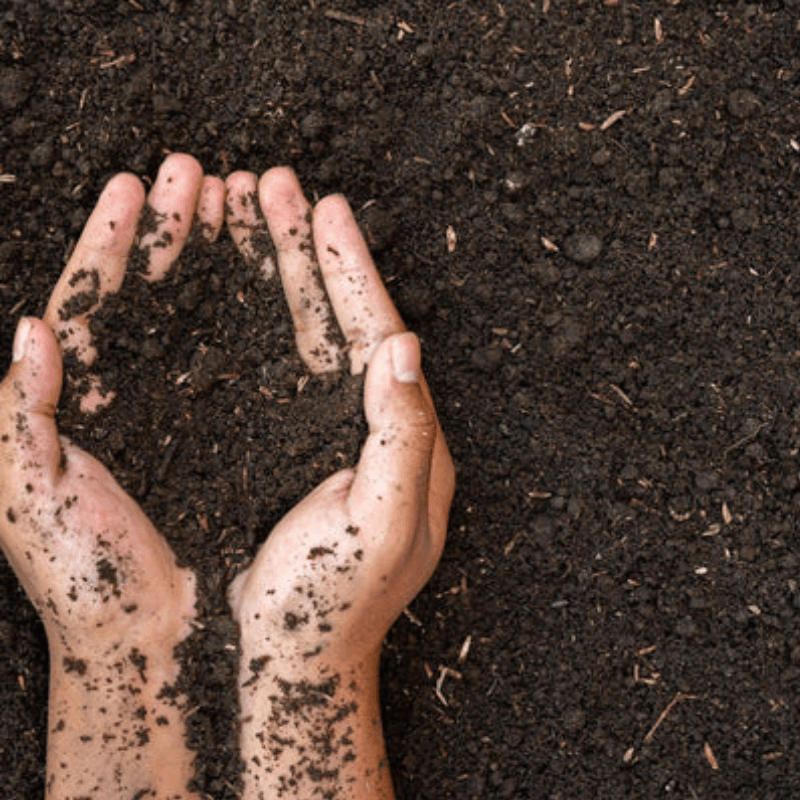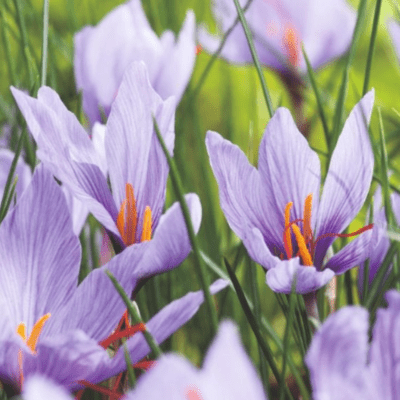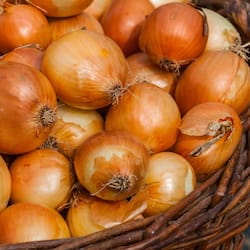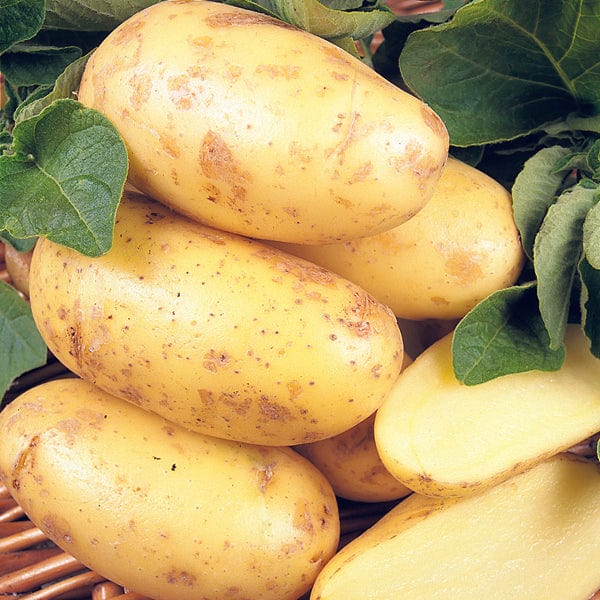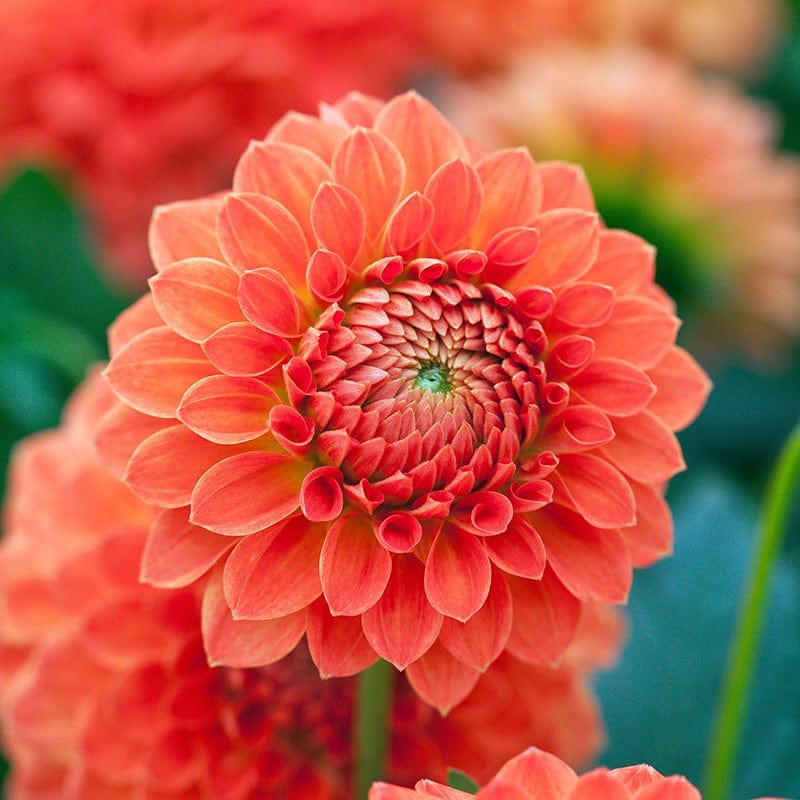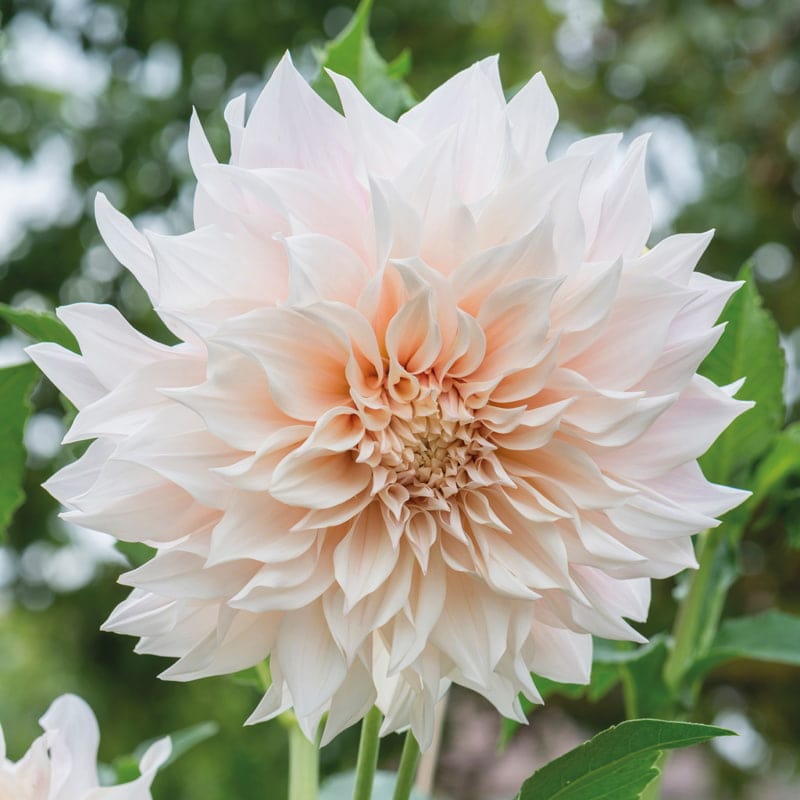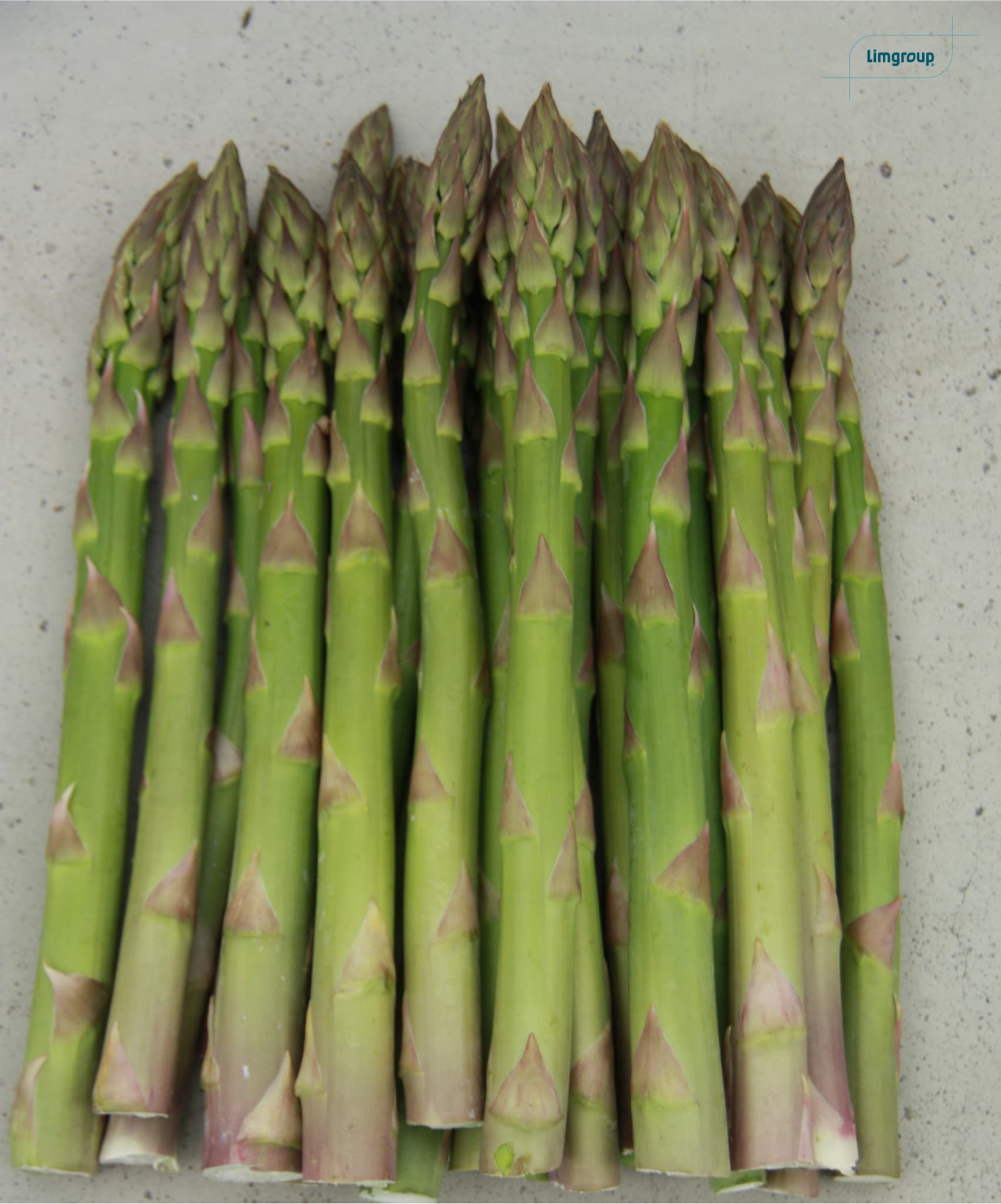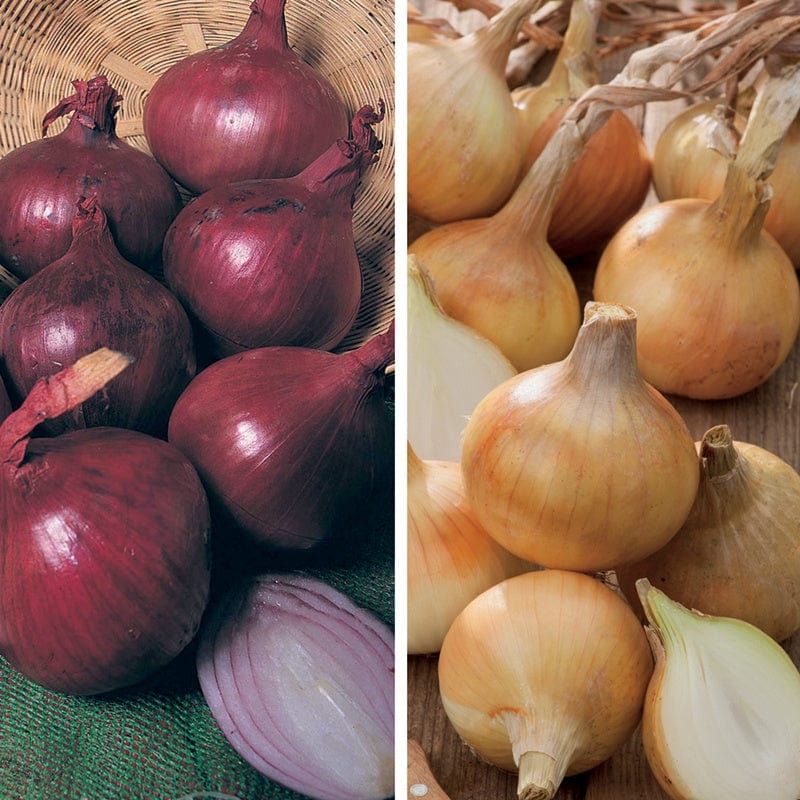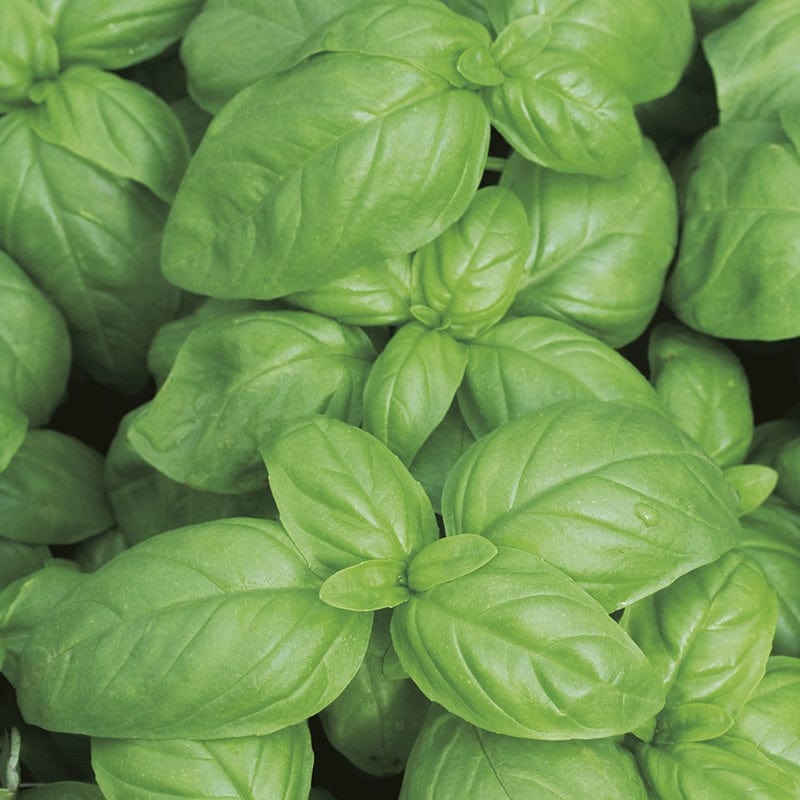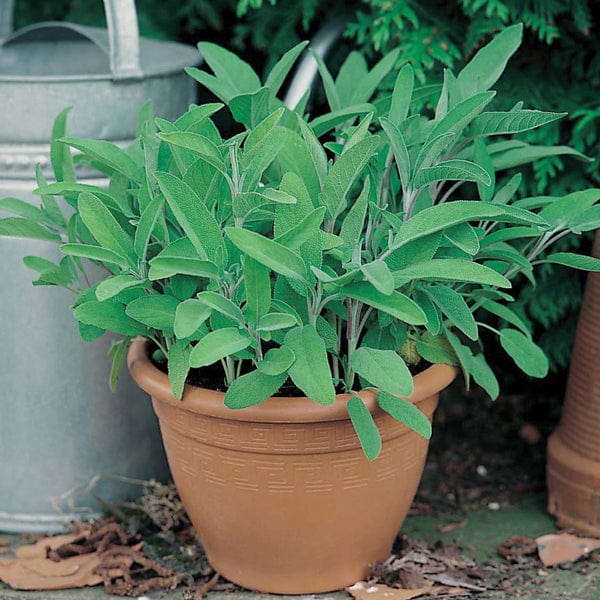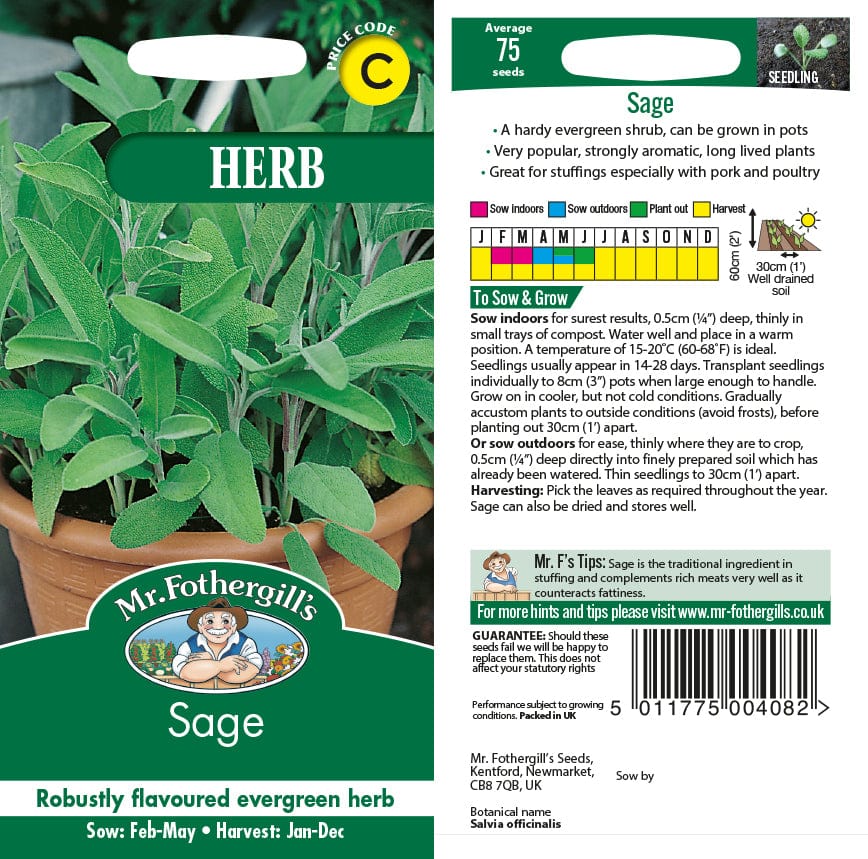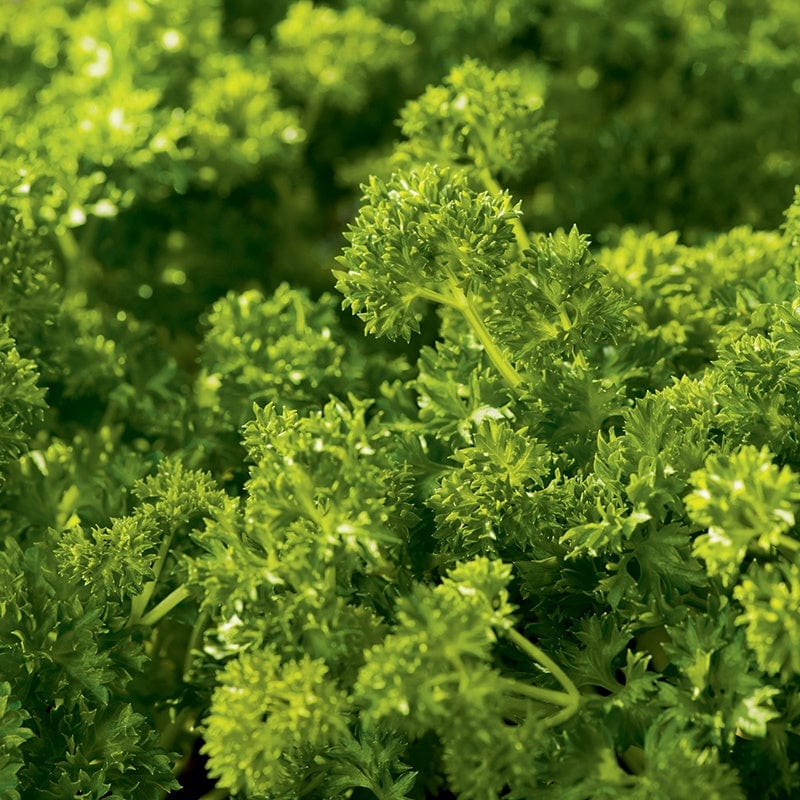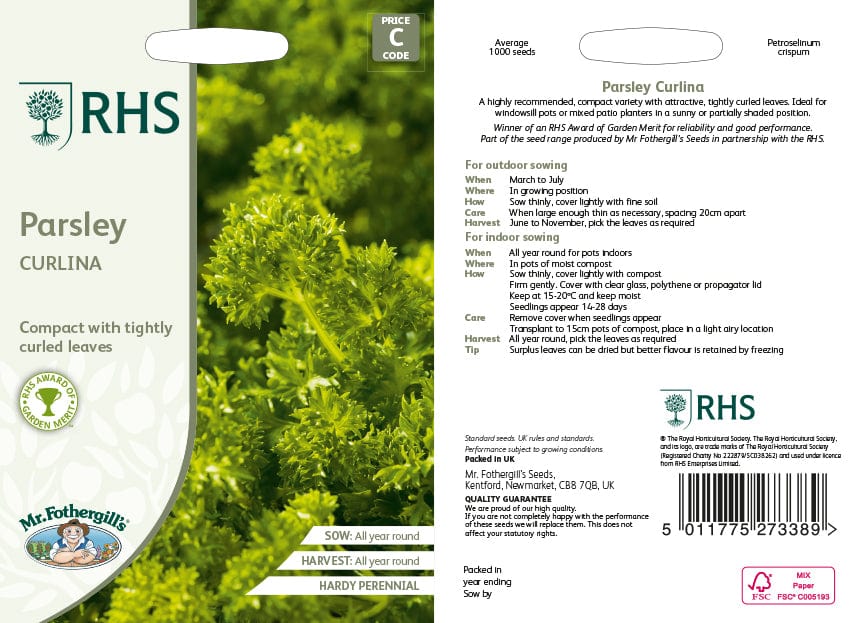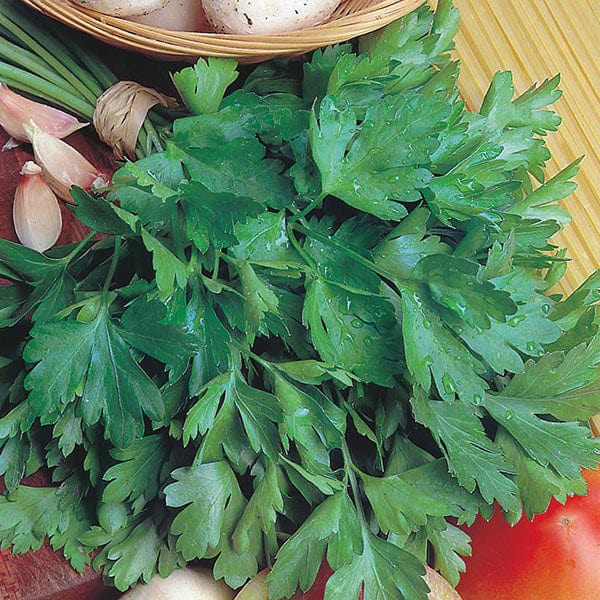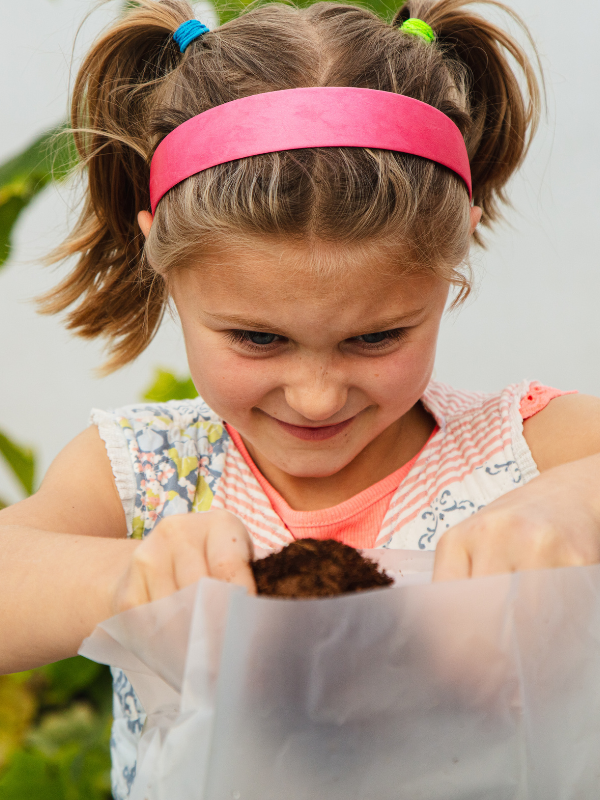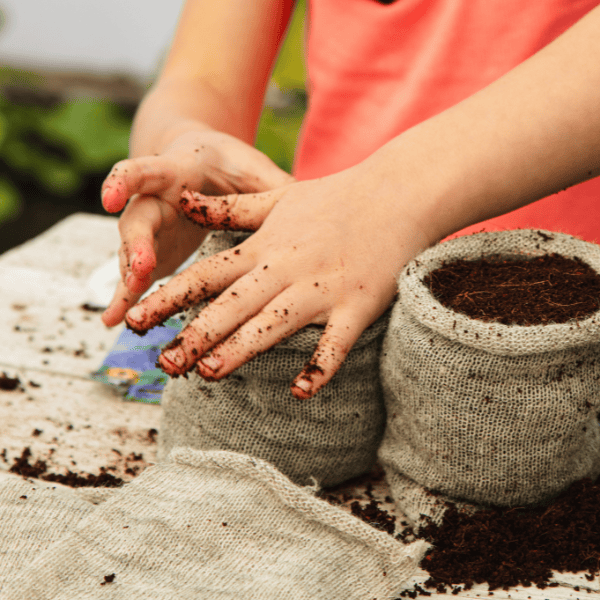If you’re looking to bring fresh flavour into your cooking and a little green life into your home, growing herbs on your windowsill is the perfect place to start. Compact, fragrant, and incredibly rewarding, a windowsill herb seed garden is probably the best place to start for a beginner, too. This guide covers the best herbs to grow, essential growing tips, and product recommendations from Fothergill’s to get you started.
What Herbs Can I Grow on My Windowsill?
We recommend the varieties below: compact, easy to manage, and capable of growing even in low-sunlight spaces.
Basil Seeds
Basil is one of the most popular herbs for indoor gardeners (and for good reason). With its aromatic leaves and instantly recognisable flavour, it’s a versatile herb you can use in everything from pesto to pasta sauces. Fothergill’s offers several varieties, including the classic RHS Basil Aroma 2 F1, a tasty basil seed that looks as good as it tastes.
Mint Seeds
Fresh mint seeds offer another versatile herb; use them to garnish cocktails or salads, add a fresh touch to desserts, or even brew them into teas. It’s also one of the hardier herbs and tends to grow vigorously even indoors. Mint seeds prefer a cooler windowsill with indirect light, and plants benefit from regular trimming to keep them from becoming leggy. Because it spreads easily, grow mint in its own pot to avoid crowding out other herbs.
Chives Seeds
Chives are an excellent choice for indoor gardening. Their mild onion flavour makes them ideal for salads, eggs, soups, and baked potatoes. Chives grow well in small containers and only need moderate light to thrive. With many excellent varieties on offer, you can find the perfect chive seeds here at Fothergill’s.
Along with the herb seeds we mentioned, you can also find all the classics you could possibly need for traditional British recipes, like sage, parsley seeds, dill seeds, liquorice, and more. So whatever kind of flavours you’re after, you can find them in our collection.
Herb Seeds vs. Herb Plants
While it might be tempting to buy ready-grown herb plants, growing your own herbs from seed is more economical and allows you to choose from a broader range of varieties. Seeds tend to produce stronger, healthier plants in the long run, especially when grown in optimal conditions from the start. You can also pair your seeds with our compact indoor gardening tools and containers for the best results.
That being said, growing herb plants is even easier: you don’t even have to sow them; just pop them in a sunny windowsill. So, if you’re a complete beginner, they could help you get started.
How to Grow a Windowsill Herb Garden (Step by Step)
As we mentioned, growing a herb garden is one of the easiest ways to get started as a beginner gardener, and even those with no green fingers will have no problem. Here’s how.
Choose Your Spot
Light is essential for growing herbs indoors. Most culinary herbs require around six hours of sunlight per day, so choose a south- or west-facing windowsill if possible. You should also avoid windows that let in a draught or are too close to heat sources, such as radiators, as sudden temperature changes can stress the plants.
Prepare Your Pots
Herbs also require good drainage, so select plant pots with drainage holes and place a tray underneath to catch any excess water. Then, fill each pot with a quality multipurpose or seed-starting compost (plus a little horticultural grit or perlite to improve drainage). For smaller herbs, shallow pots work well, while deeper containers are better suited to basil or parsley.
Sow Your Seeds
Never sown a seed in your life? Not to worry: it’s easier than you might imagine. Follow the instructions on the seed packet for each variety, as spacing and depth can vary. Generally, you’ll want to scatter a few seeds per pot and cover them lightly with compost or vermiculite. Water them gently using a fine spray to avoid displacing the seeds, and cover the pots with a clear lid or cling film to retain humidity until the seeds germinate. Then, remove the lid to allow air circulation.
Water & Light
Once your herbs are growing, water them regularly – but not too much. Herbs dislike soggy roots, so always check that the top of the soil is dry before watering again. This is why it’s essential to keep your herbs in pots with drainage holes and trays underneath to catch excess water.
You should also rotate your pots every few days; this ensures even growth and prevents your herbs from leaning toward the light. During darker months, consider supplementing with an LED grow light to maintain healthy growth.
How to Harvest
Harvesting herbs encourages more growth, so don’t be afraid to snip often. Use sharp scissors and cut just above a leaf node, which promotes branching. To maintain health and productivity, avoid removing more than one-third of the plant at a time.
Start Growing with Fothergill’s
Creating a windowsill herb garden is a rewarding and straightforward way to get started with home growing. With just a little time and care, you’ll be enjoying the taste of freshly picked basil, mint, and chives straight from your kitchen. Get started and explore the full Fothergill’s range of herb seeds, growing kits, and indoor gardening tools today.












